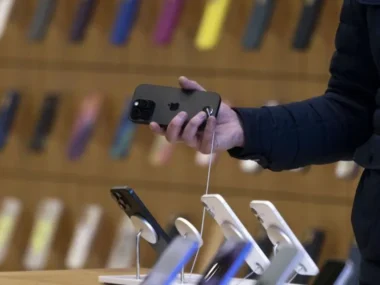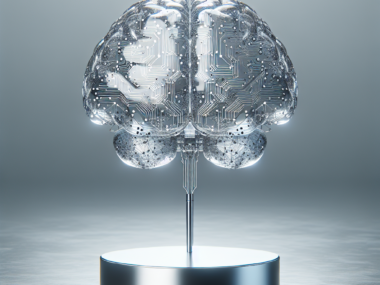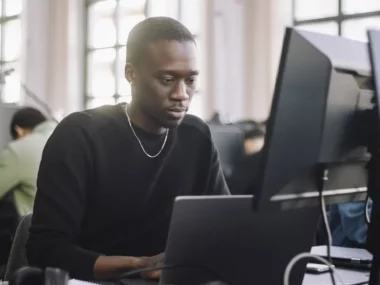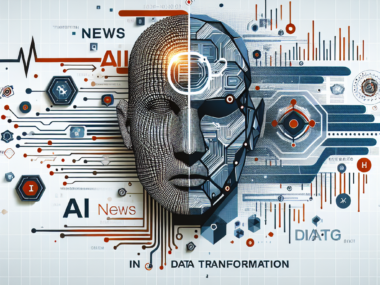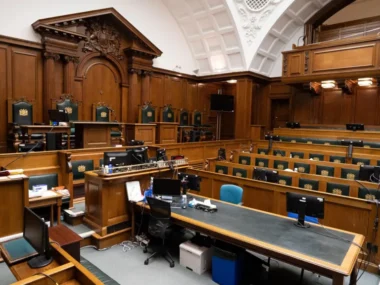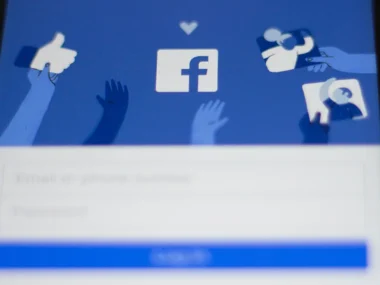Machine learning is employed to examine the components within a wine bottle and trace their origins back to the vineyard.
Individuals who engage in deceptive practices by presenting subpar wine as a high-quality product may soon find themselves confronted by artificial intelligence. Scientists have trained an algorithm to trace the origins of wines through routine chemical analyses.
Using machine learning, researchers can distinguish wines based on subtle variations in the concentrations of numerous compounds. This enables them not only to identify the specific grape-growing region but also pinpoint the exact estate where the wine was produced.
Professor Alexandre Pouget at the University of Geneva in Switzerland commented on the prevalence of wine fraud, with people concocting counterfeit wines in their garages, affixing labels, and selling them at exorbitant prices. He emphasized that their chemical techniques now possess the necessary sensitivity to discern these distinctions for the first time.
To train the program, the researchers harnessed gas chromatography, a technique commonly used in laboratories to separate and identify the compounds in mixtures. They applied this method to analyze 80 wines collected over a span of 12 years from seven distinct vineyards in the Bordeaux region of France.
Instead of seeking individual compounds that set one wine apart from another, the algorithm relies on all the chemicals detected in the wine to establish the most reliable signature for each wine. The program then displays its findings on a two-dimensional grid, where wines with similar signatures are grouped together.
What stood out immediately was the discovery that certain clusters corresponded to specific chateaux, indicating a chemical signature unique to each estate, regardless of the vintage. As Professor Alexandre Pouget noted, it’s the collective pattern of concentrations of numerous molecules that distinguishes a chateaux, akin to a symphony where the entire melody matters more than any single note.
The plotted clusters also reflected the geographical locations of the estates on the ground, with wines from chateaux north of the Dordogne River distinctly separated from those west of the Garonne River, effectively recreating the map of Bordeaux.
David Jeffery, an associate professor in wine science at the University of Adelaide, highlighted the growing potential of machine learning in food and agriculture applications, noting that various factors, from grapes and soil to microclimate and winemaking techniques, influence compound concentrations in wines from each chateaux. While the program could accurately trace wines back to their respective chateaux with a 99% success rate, it faced challenges in distinguishing vintages, achieving only 50% accuracy at best.
The research, set to be published in Communications Chemistry, suggests that machine learning could play a vital role in fraud investigations by verifying if a wine matches its label. In Europe, where counterfeit alcohol leads to €3 billion (£2.6 billion) in lost sales each year, criminal networks involved in the industry have come to light in recent cases. The program’s potential applications extend beyond fraud detection; it could be used to monitor quality throughout the winemaking process and improve blending techniques, making it more cost-effective to create exceptional blends, benefiting the industry as a whole.


